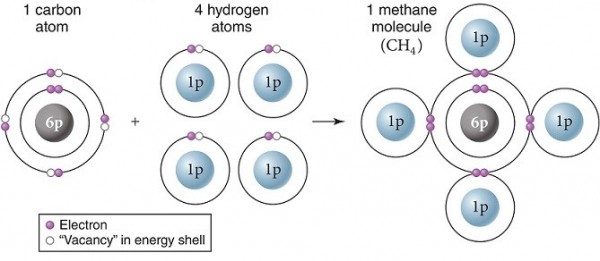The third line of defense against pathogens is also known as the primary response
a. true
b. false
Answer: b. false
You might also like to view...
Answer the question using the accompanying figure. Of the fragments labeled A-D, which is closest to the positive
electrode?
a. A b. B c. C d. D e. it is impossible to tell
In the 1968 book The Population Bomb, biologist Dr. Paul R. Ehrlich wrote, “The battle to feed all of humanity is over. In the 1970s hundreds of millions of people will starve to death in spite of any crash programs embarked upon now. At this late date nothing can prevent a substantial increase in the world death rate.” Yet this dire prediction did not come true. In which of the following ways did humans push back against this looming crisis?
a. Some forms of birth control were made illegal or difficult to maintain. b. Extensive measures have been instituted to save or extend life through medicine. c. Some countries instituted efforts to control population growth. d. Countries with depressed growth rates made efforts to increase their population growth.
Carbon and hydrogen make up many biologically important molecules. Carbon has an electronegativity of 2.55, whereas hydrogen has an electronegativity of 2.2. Based on the electronegativity difference between the atoms, the carbon and hydrogens shown here have just formed

A. an ionic bond.
B. a hydrogen bond.
C. a polar covalent bond.
D. a nonpolar covalent bond.
E. an element.
With sexual reproduction, two genes for the same
trait that are slightly different are called __________. Fill in the blank(s) with the appropriate word(s).